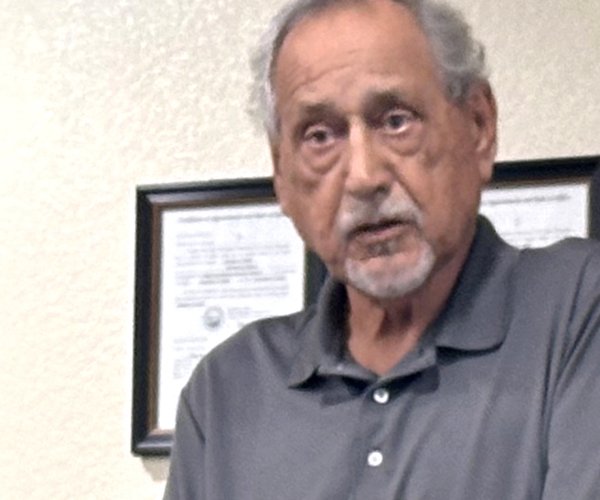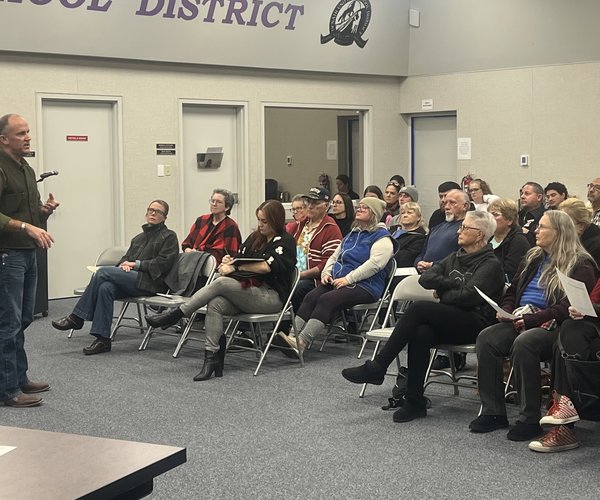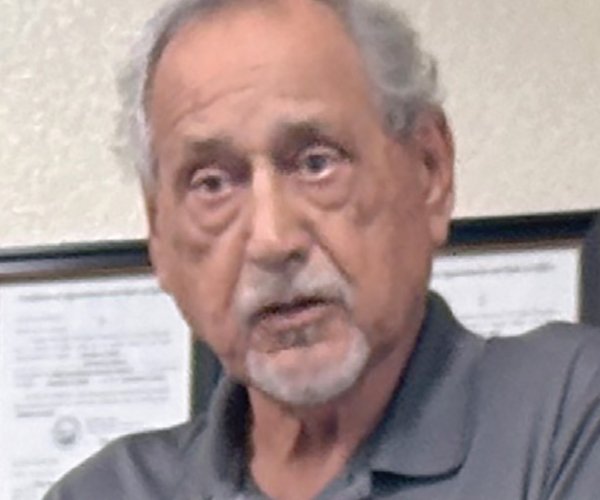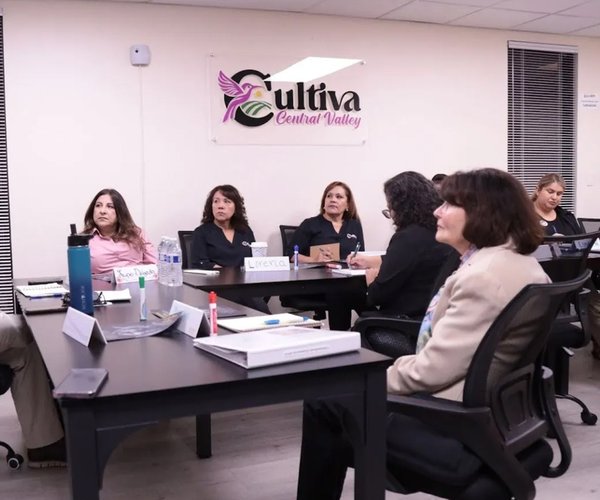Turlock Fire officials want to add nine more firefighters to their ranks to more efficiently respond to calls.
Turlock to seek grant for additional firefighters





